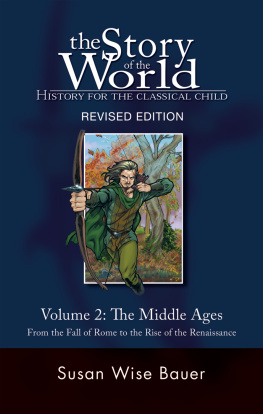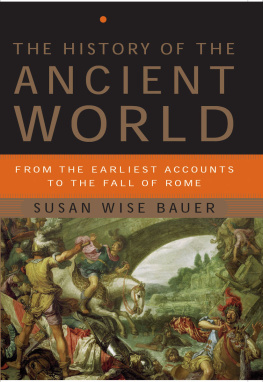Susan Wise Bauer - History for the Classical Child: Early Modern Times, Volume 3
Here you can read online Susan Wise Bauer - History for the Classical Child: Early Modern Times, Volume 3 full text of the book (entire story) in english for free. Download pdf and epub, get meaning, cover and reviews about this ebook. year: 2020, publisher: The Well-Trained Mind Press, genre: History. Description of the work, (preface) as well as reviews are available. Best literature library LitArk.com created for fans of good reading and offers a wide selection of genres:
Romance novel
Science fiction
Adventure
Detective
Science
History
Home and family
Prose
Art
Politics
Computer
Non-fiction
Religion
Business
Children
Humor
Choose a favorite category and find really read worthwhile books. Enjoy immersion in the world of imagination, feel the emotions of the characters or learn something new for yourself, make an fascinating discovery.
- Book:History for the Classical Child: Early Modern Times, Volume 3
- Author:
- Publisher:The Well-Trained Mind Press
- Genre:
- Year:2020
- Rating:5 / 5
- Favourites:Add to favourites
- Your mark:
- 100
- 1
- 2
- 3
- 4
- 5
History for the Classical Child: Early Modern Times, Volume 3: summary, description and annotation
We offer to read an annotation, description, summary or preface (depends on what the author of the book "History for the Classical Child: Early Modern Times, Volume 3" wrote himself). If you haven't found the necessary information about the book — write in the comments, we will try to find it.
History for the Classical Child: Early Modern Times, Volume 3 — read online for free the complete book (whole text) full work
Below is the text of the book, divided by pages. System saving the place of the last page read, allows you to conveniently read the book "History for the Classical Child: Early Modern Times, Volume 3" online for free, without having to search again every time where you left off. Put a bookmark, and you can go to the page where you finished reading at any time.
Font size:
Interval:
Bookmark:

ALSO BY SUSAN WISE BAUER
The Story of the World
History for the Classical Child
( WELL-TRAINED MIND PRESS )
Volume 1 : Ancient Times (2006)
( REVISED EDITION )
Volume 2 : The Middle Ages (2007)
( REVISED EDITION )
Volume 4 : The Modern Age (2005)
The History of the Ancient World
From the Earliest Accounts to the Fall of Rome
( W.W. NORTON, 2007 )
The History of the Medieval World
From the Conversion of Constantine to the First Crusade
( W.W. NORTON, 2010 )
The Well-Educated Mind
A Guide to the Classical Education You Never Had
( REVISED EDITION, W.W. NORTON, 2016 )
Though the Darkness Hide Thee
( MULTNOMAH, 1998 )
WITH JESSIE WISE
The Well-Trained Mind
A Guide to Classical Education at Home
( REVISED EDITION, W.W. NORTON, 2016 )
www.susanwisebauer.com
Well-Trained Mind Press
Copyright 2004, 2019 by Susan Wise Bauer
All rights reserved. First edition 2004
Revised edition 2019. Printed December 2019: #50040064
Cover design by Andrew J. Buffington and Mike Fretto
Cover painting by James L. Wise, Jr.
The Library of Congress has cataloged the printed edition as follows:
(Prepared by The Donohue Group, Inc.)
Names: Bauer, Susan Wise, author. | West, Jeff, illustrator. | Park, Sarah, illustrator.
Title: The story of the world : history for the classical child. Volume 3, Early modern times : From Elizabeth the First to the Forty-niners / by Susan Wise Bauer ; illustrated by Jeff West ; maps by Sarah Park.
Other Titles: Early modern times : From Elizabeth the First to the Forty-niners
Description: Revised edition. | Charles City, VA : Well-Trained Mind Press, 2020. | Includes index. | With new maps, illustrations, timelines, and biographical profiles. | Interest age level: 005-011. | Summary: A history of the world from 1600 to 1850--Provided by publisher.
Identifiers: ISBN 9781945841446 (paperback) | ISBN 9781945841453 (hardcover) | ISBN 9781945841699 (ebook)
Subjects: LCSH: History, Modern--17th century--Juvenile literature. | History, Modern--18th century--Juvenile literature. | History, Modern--19th century--Juvenile literature. | CYAC: History, Modern--17th century. | History, Modern--18th century. | History, Modern--19th century.
Classification: LCC D208 .B38 2020 (print) | LCC D208 (ebook) | DDC 940.2--dc23
Page makeup by PerfecType, Nashville, TN.
Well-Trained Mind Press, Inc., 18021 The Glebe Lane, Charles City, VA 23030
www.welltrainedmind.com
support@welltrainedmind.com
Contents

The World
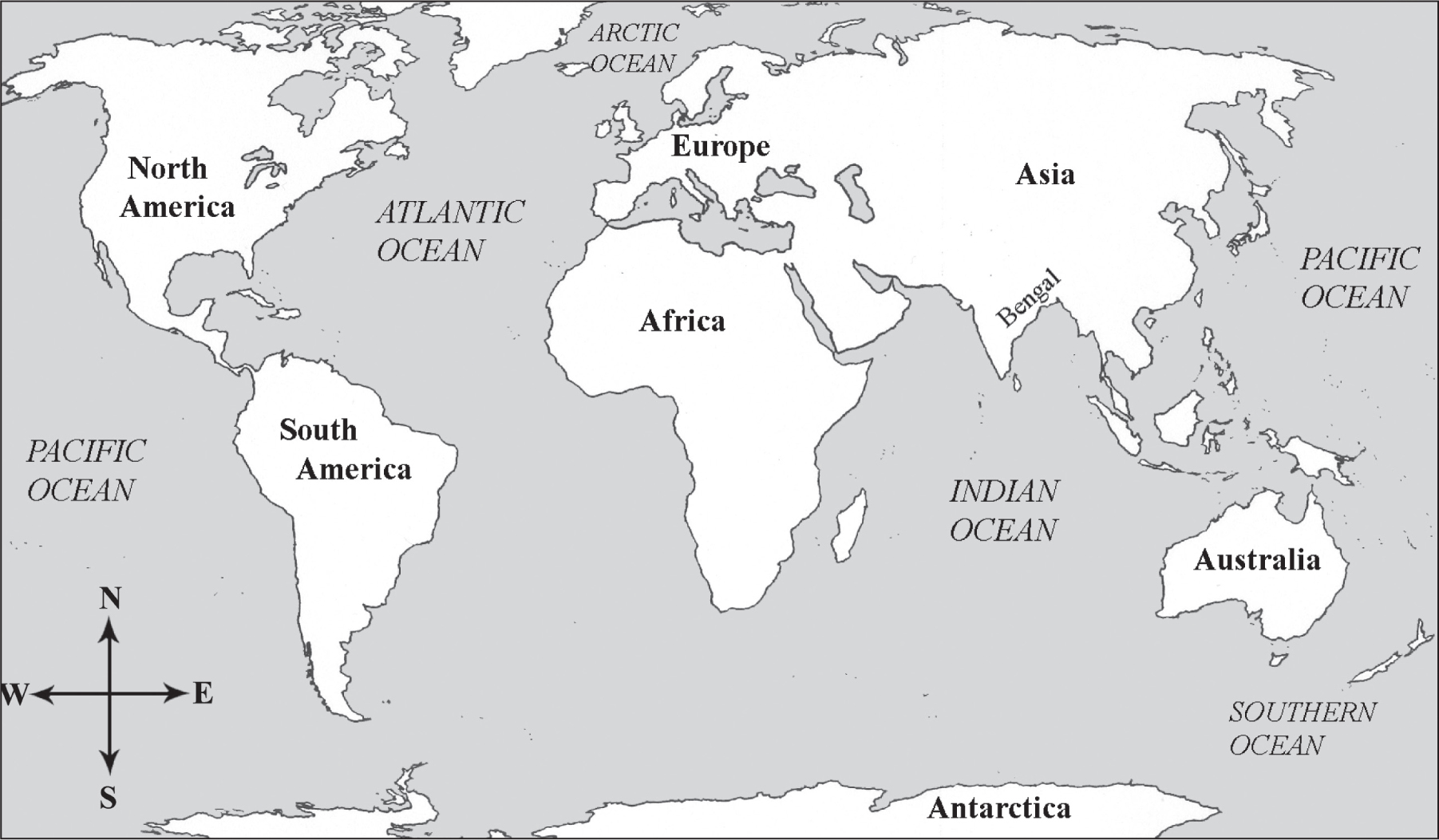

Explorers discover treasure beneath mountain rocks. Pirates roam the seas. Kings huddle on their thrones, hoping that they will keep their crownsand their heads. And adventurers sail around the world on tiny wooden ships, risking starvation and treacherous seas to find strange new lands.
Before you read these stories, you need to know a little bit about the world where they happened. The adventurers who sailed the sea in the year 1600 knew that huge oceans divided countries from each otherbut they didnt know just how huge those oceans were. Today, we know that water covers almost three-quarters of the earths surface. Geographers divide all this water into five oceans: Pacific, Atlantic, Indian, Southern, and Arctic. Heres a limerick to help you remember them:
The Pacific is largest of all,
The Indian starts at Bengal,
The Atlantic Ocean
Is always in motion,
The Arctic and Southern are small.
Between and around these oceans lie large continents, or masses of land. We divide the earths dry land into seven continents: North America, South America, Africa, Europe, Asia, Australia, and Antarctica. You can remember them by memorizing this poem! Look at a globe while you read the poem, and move your finger along the path that the poem describes.
Start at Antarctica, way down south, a cold and icy spot,
Head north into Australia, where the sun shines bright and hot.
Keep going north, across the ocean, til you reach the land:
Now youre in Asia, where youll find both ice and desert sand.
Turn west, and Europes mountains soon will loom up into view,
In Europe youll find Greeks and Germans, French and Spanish too!
Go south from Europe, and youll soon reach jungles and wide plains:
Zebras graze in Africa, and lions shake their manes.
Now follow the equator west, to South American shores,
You might see llamas here, along with jaguars and condors.
Go north across the central bridge of land beneath the sun,
Youll be in North America. Your continent trip is done!
The Empires of Ferdinand and Philip
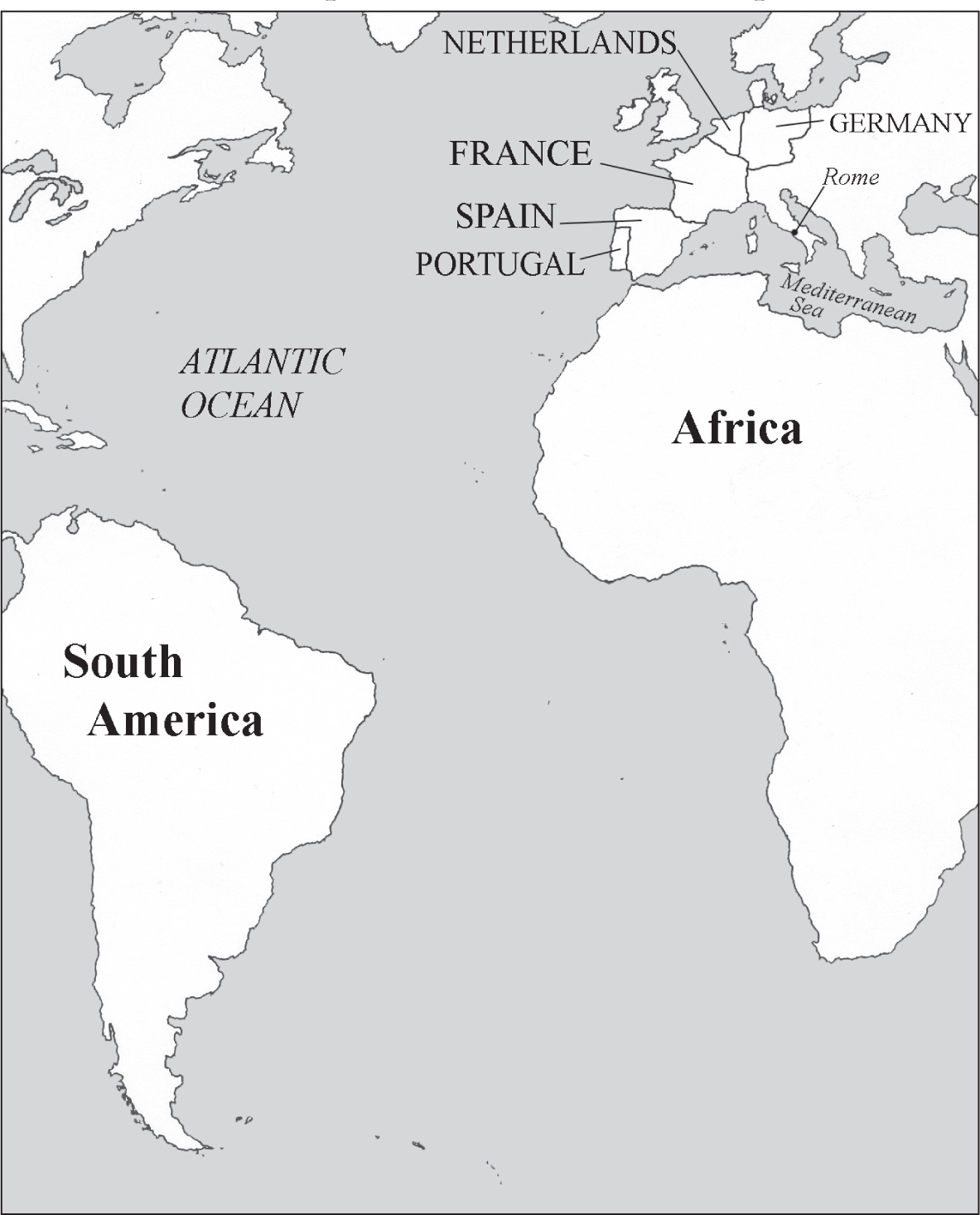

Imagine that youre a world traveler in the year 1600. Youve spent the last twenty years journeying around the world. Youve slept in Arabian tents, European palaces, and Native American longhouses. Youve eaten fermented fish sauce in Rome, calfs-intestine pudding in England, sugar-coated beets in Wittenberg, and gilded boars head in France. You only have two teeth left (the rest fell out because of scurvy and the sugared beets), and on your last journey to Iceland, you lost three toes to frostbite. Youve been bitten by a camel in Asia, a cobra in India, and a water moccasin in North America.
In your travels around the world, youve seen two flagsone with a red cross on a white background, and the other bearing a two-headed eagleall over the world. Youve seen the red cross and the two-headed eagle in Spain and Portugal and all over Europe, from the Alps up to the soggy coast of the Netherlands. Youve seen these flags flying over settlements in North America, South America, and even in the Philippines. No matter where you go, the red cross and the two-headed eagle are there!
The two kings who fly these flags, Philip II of Spain and Ferdinand I of the Holy Roman Empire, are nephew and uncle. And they rule over an enormous part of the world because of one very fortunate little boy.
A hundred years before our story begins, in the year 1500, this fortunate baby was born in a cold stone palace in northern Europe. His father was the king of the Netherlands. His grandfather ruled over lands in Germany. And his other grandfather was the king of Spain. This baby, who was named Charles, had three kings in his family!
When Charles was only six, his father died and Charles became king of the Netherlands. When he was sixteen, his Spanish grandfather died and left him the throne of Spain. When he was nineteen, his German grandfather died and he became king over the German lands. Charles was still a teenagerbut he was a teenager with three thrones.
But Charles wanted even more. He wanted the title Holy Roman Emperor.
Font size:
Interval:
Bookmark:
Similar books «History for the Classical Child: Early Modern Times, Volume 3»
Look at similar books to History for the Classical Child: Early Modern Times, Volume 3. We have selected literature similar in name and meaning in the hope of providing readers with more options to find new, interesting, not yet read works.
Discussion, reviews of the book History for the Classical Child: Early Modern Times, Volume 3 and just readers' own opinions. Leave your comments, write what you think about the work, its meaning or the main characters. Specify what exactly you liked and what you didn't like, and why you think so.


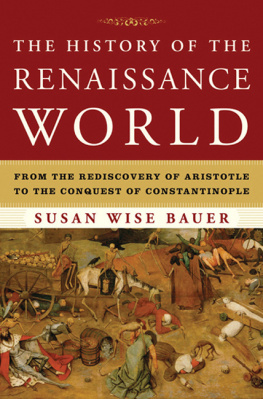
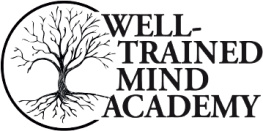
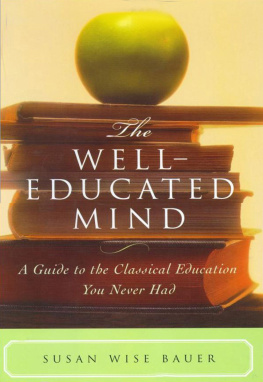

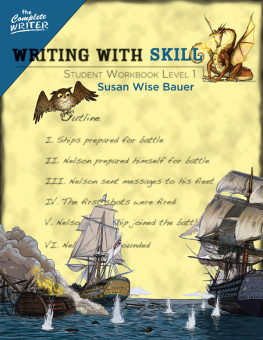
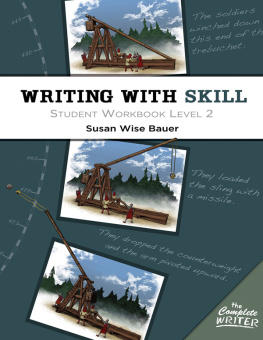
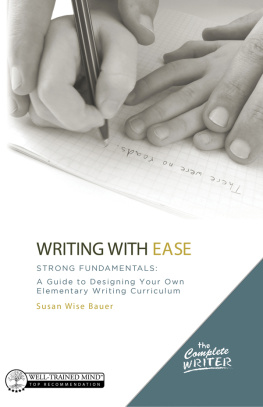
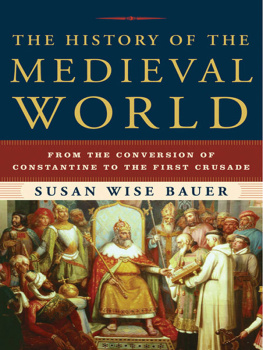
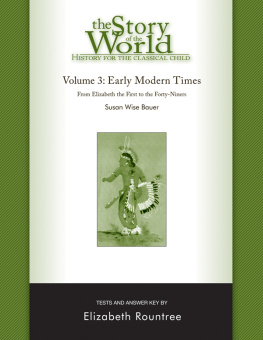
![Rountree Elizabeth - The story of the world: [history for the classical child]. Volume 2, The Middle Ages, [from the fall of Rome to the rise of the Renaissance]: test book and answer key](/uploads/posts/book/232759/thumbs/rountree-elizabeth-the-story-of-the-world.jpg)
